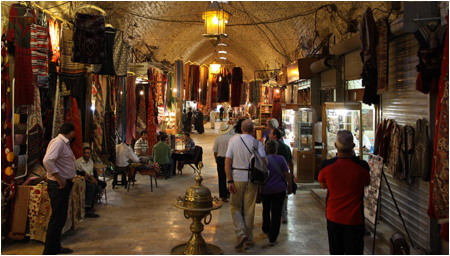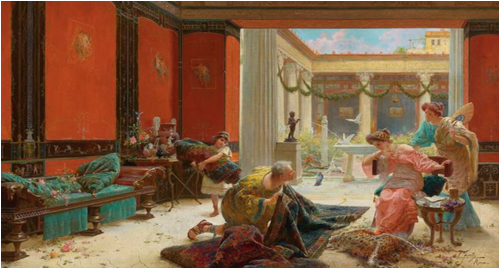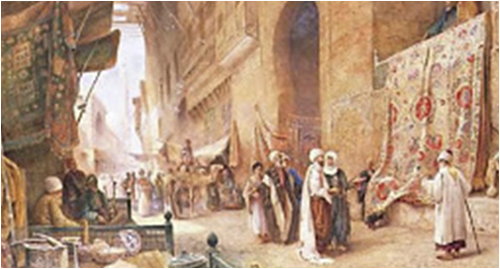History of Silk
Silk has a long history. The origins of silk date back thousands of years. Most
historians and archeologists, however, would agree that the practices and traditions
of silk evolved in ancient China. Sericulture, the process of raising silk worms
for the production of silk, is credited to China and dates back to 3000 BC in Zhejiang
where the earliest excavated silk was discovered in a group of ribbons, threads
and woven fragments, all dyed red.
A Buddhist monk is credited with bringing the Chinese techniques of silk-reeling
to India during the Gupta period (AD 400-600). It is presumed that he brought the
eggs of the Bombyxmori, for the technique of reeling silk culture.Silk was deemed
by the Hindus to be a pure substance, so pure that it was not considered necessary
to wash it before ceremonial use. Orthodox Vaishnavite Hindus and Jains abhor the
taking of life, and certain holy centers produce a silk known as matka (mutka) from
the cocoons of moths which have completed their cycle and broken out of their cocoons.
Since no killing is involved, this silk is considered unpolluted and suitable for
the garments and ropes of the sacred processional chariots and for the ritual swings
used during the Krishna festival.

As knowledge of silk spread westward through the centuries, almost every country attempted sericulture and attempted to develop silk weaving. The luxury, beauty, refinement and attraction of silk are such that other countries (minus China & India) over the centuries were focused on developing their own silk production as a means of strengthening their own trade, exports of this valuable textile.Denmark, Sweden, Spain, Russia, Ireland, Italy, France, Germany and England and many more have been part of the excitement of the silk industry and at present, Italy, France, Germany, Switzerland and the United Kingdom currently maintain production, with Italy being a producer on a world-scale market, behind China and India. Italy's designer houses are obsessed with silk fabric and carter the whole world the high end luxurious silk clothing such as tie, shirts, scarves, lingerie, sleep wear, lady garments and décor products. Switzerland's per capita silk consumption is highest in the world.


